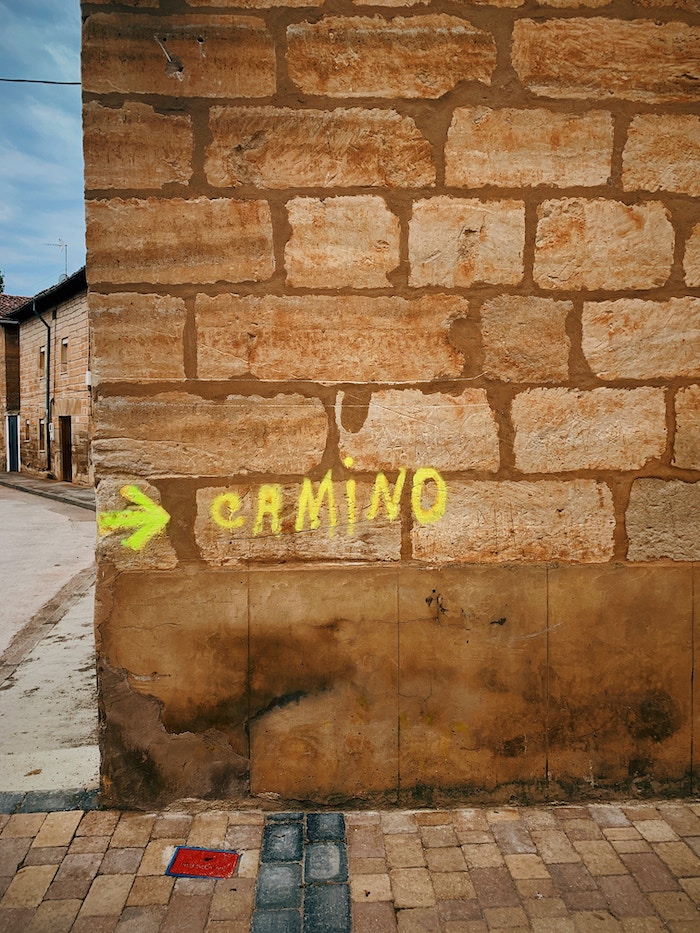I spent a great deal of summer lounging around outdoors with Nitro, reading these fantastic books. Clearly, these titles demonstrate that I remain hooked on reading afrofuturism, slave narratives, and horror. As the weather cools and we are forced back indoors, consider cozying up with a hot drink and one (or all) of these awesome reads.

The Underground Railroad– Colson Whitehead
I don’t recall learning much about the Underground Railroad in elementary school. Admittedly, I once thought it was a literal railroad. Whitehead addresses such misconceptions in this intense and informed story. The Underground Railroad follows Cora, a young slave on a cotton plantation in Georgia, throughout her journey to freedom. Whitehead eloquently describes the precarity of being Black in the antebellum South. Inherent to any accurate slave narrative, there are some graphic violent depictions. But Whitehead’s writing is sharp and beautiful, and imparts a certain horror-suspense vibe that is both necessary and engaging.
Zone One– Colson Whitehead
Reading begets reading, right? The Underground Railroad left me hungry for more of Whitehead’s poetic storytelling and vivid world-building. So to categorize Zone One as a zombie novel feels uncharitable—it is so much more than that! Set in post-apocalyptic New York, a pandemic has divided humans into two groups: the living and the living dead. The story follows Mark Spitz, a remarkably average man, as he navigates participation in a civilian sweeper team. Whitehead’s love for New York is near tangible while reading his lyrical descriptions of the city. Wavering between bleak sadness and dark comedy, and profoundly entertaining, Zone One is a great place to start if you’re interested in Whitehead’s work but unsure you want to tackle a heavy read like The Underground Railroad.
Who Fears Death– Nnedi Okorafor
So, I may sound like a broken record about this, but Nnedi Okorafor’s writing is simply fantastic. Okorafor grapples with racial and social justice through accessible, fun storytelling. And after I exhausted the majority of her newer novels, I decided to try Who Fears Death (2010). Set in post-apocalyptic Africa, the story follows Onyesonwu, a child of rape who is expected to live a life of violence. But Onye is special; her magical abilities begin to manifest as a child and intensify as she matures. Who Fears Death explores tradition, love, history, and spirituality.
Importantly, this book broadened my view of female circumcision. As a white person raised in a developed country, I was socialized to understand such practices as barbaric. (And to be sure, I do find all violence abhorrent.) But it isn’t appropriate to pass unnuanced judgment on other cultural and spiritual practices, not even from a feminist perspective.
Additionally, I learned Okorafor makes an important distinction between her writing and “afrofuturism.” Because her stories are centered in Africa, among other reasons, she prefers her writing be characterized as “africanfuturism.” I encourage you to check out her full explanation here.
Ring Shout– P. Djeli Clark
Ring Shout is a quick read and intertwines racial violence with the supernatural. The novella is set in 1915 and follows Maryse Boudreaux and her fellow friends in the “resistance” against the Ku Klux and Klan members. The Ku Klux members have transformed into literal bloodthirsty demons. So yes, guns and violence are prominent in this story, but it reads like fiction. What impressed me most about this book is how Clark doesn’t minimize human complicity. You don’t have to be a KKK member to participate in racial injustice. And that is a timeless observation.
My Heart is a Chainsaw– Stephen Graham Jones
If you checked out PD editors best books for 2020, you may recall that I reviewed Stephen Graham Jones’ The Only Good Indians. Because Jones’ writing style is so unique, I was thrilled to be gifted his new novel, My Heart is a Chainsaw. Set in Proofrock, Idaho, the novel is a gory murder-mystery that follows Jade, a slasher-film-loving half-Indigenous teenager living with an alcoholic Father. Jones uses this fictional piece to explore addiction, pop culture and Indigenous identity. If reading gore isn’t your thing, be warned. While The Only Good Indians included a few gory parts that made me cringe, the latter part of this book had me white-knuckled and utterly disturbed. But with Halloween right around the corner, this could be the perfect pick.
Shop indie book stores, share with friends, support your local library. Happy reading!
Get more like this—Sign up for our daily inspirational newsletter for exclusive content!
___
Photo: Alex Geerts via Unsplash




